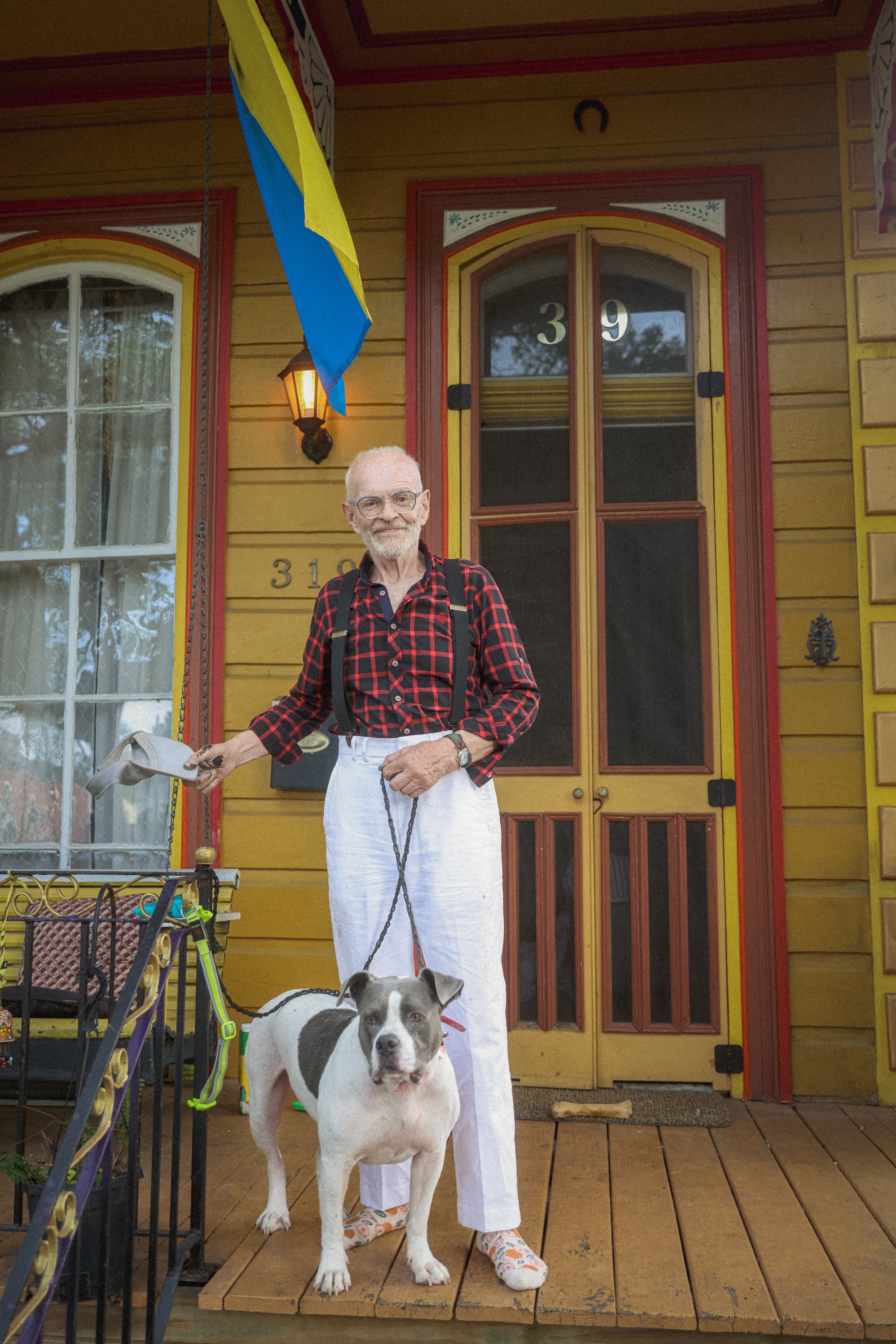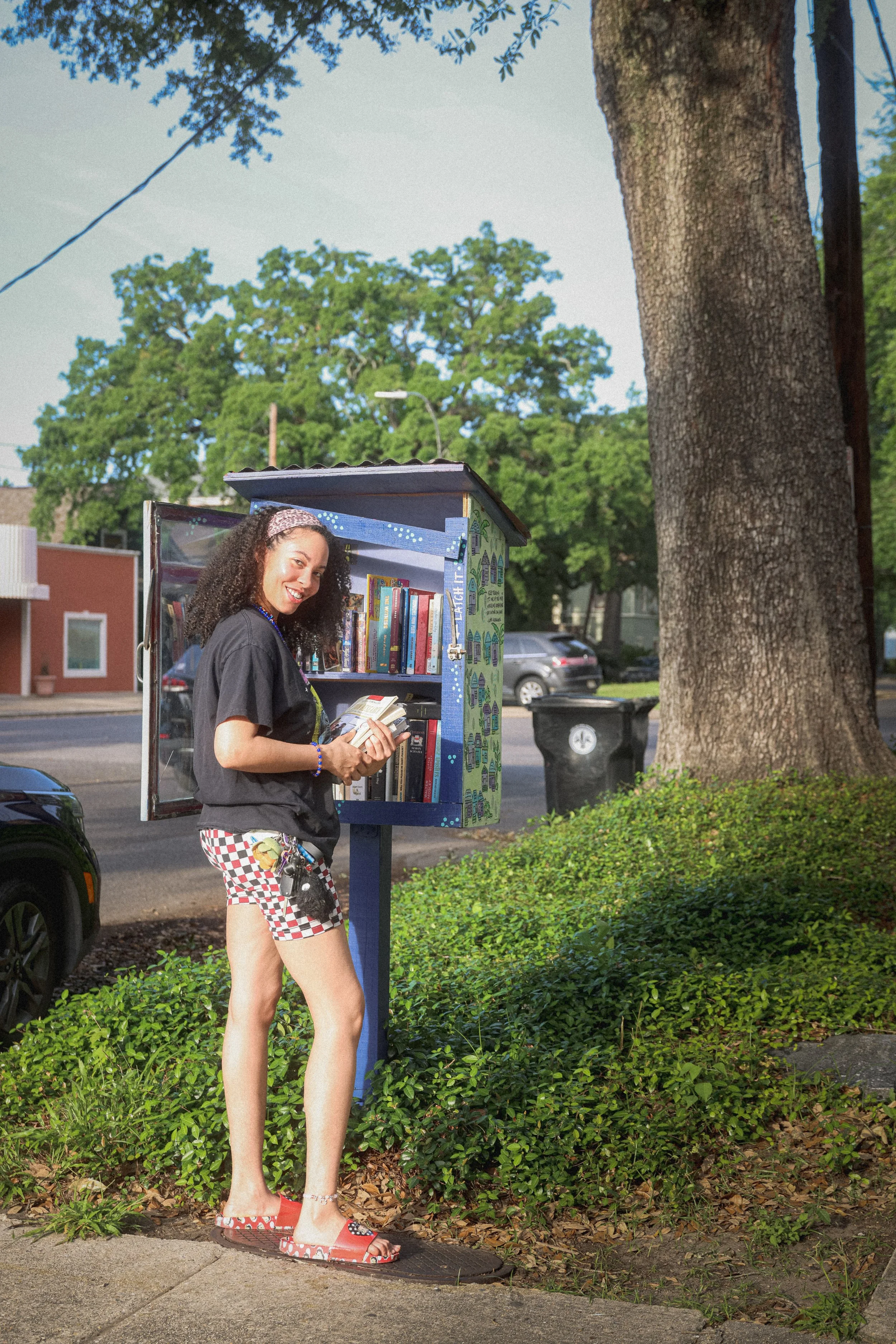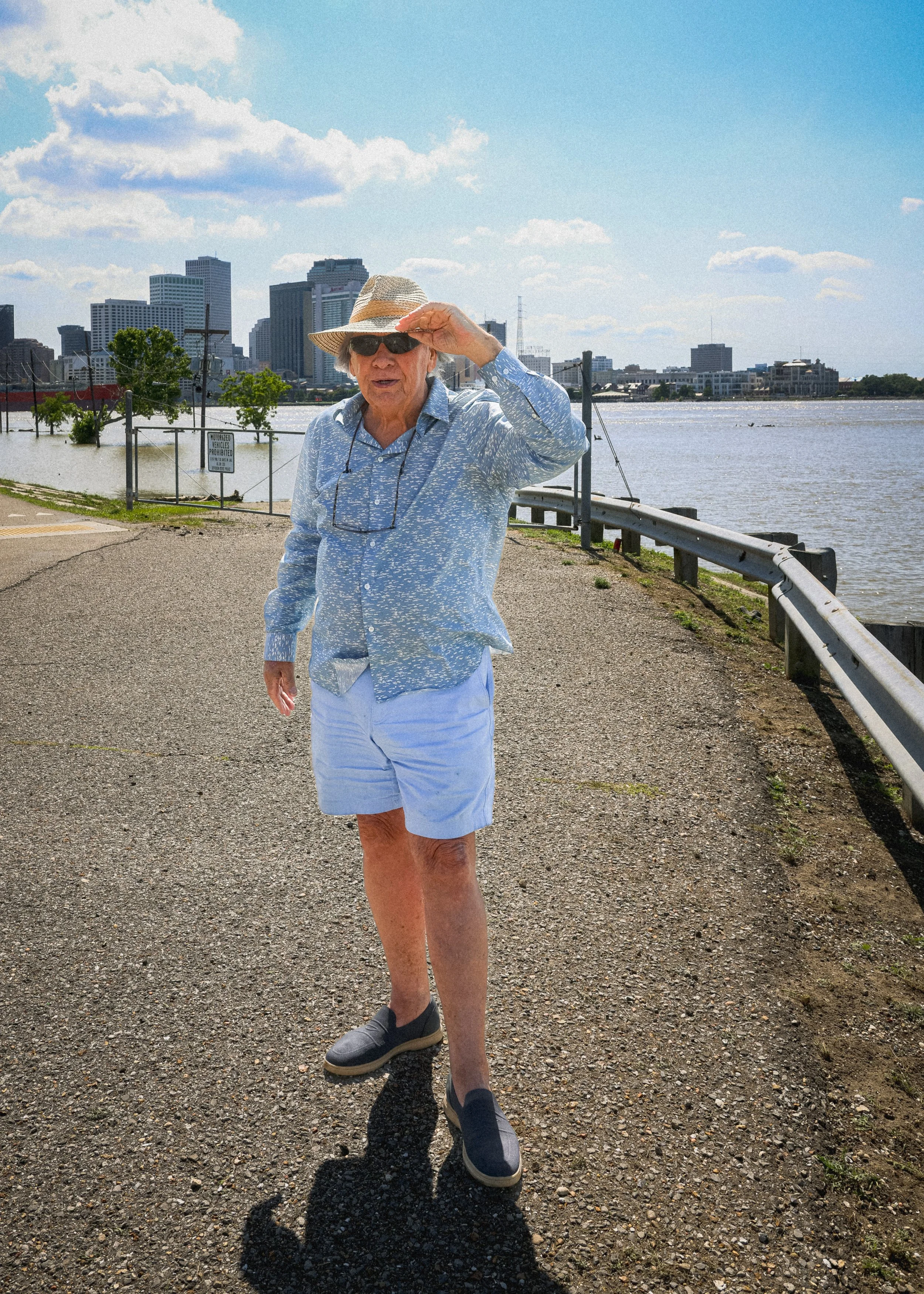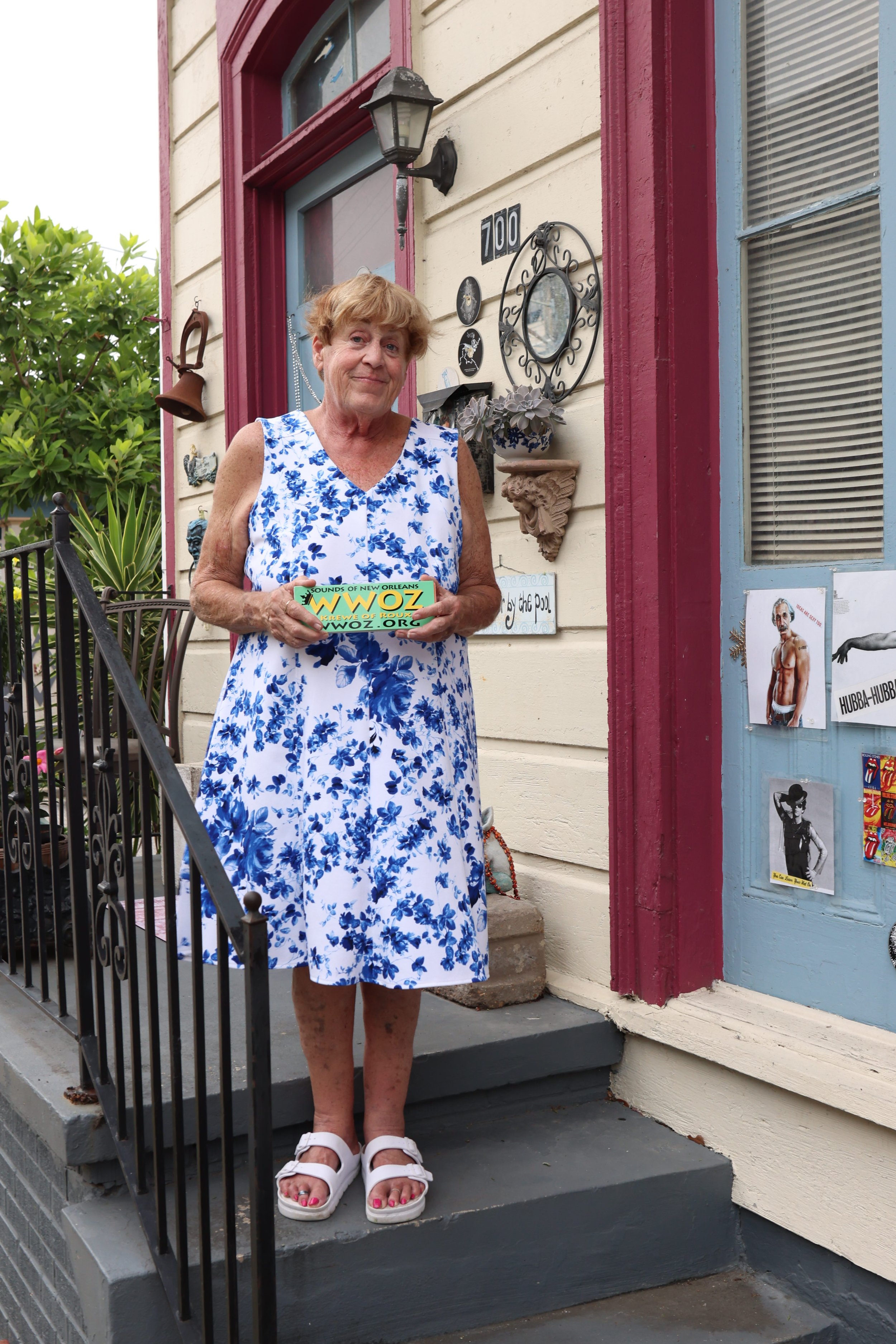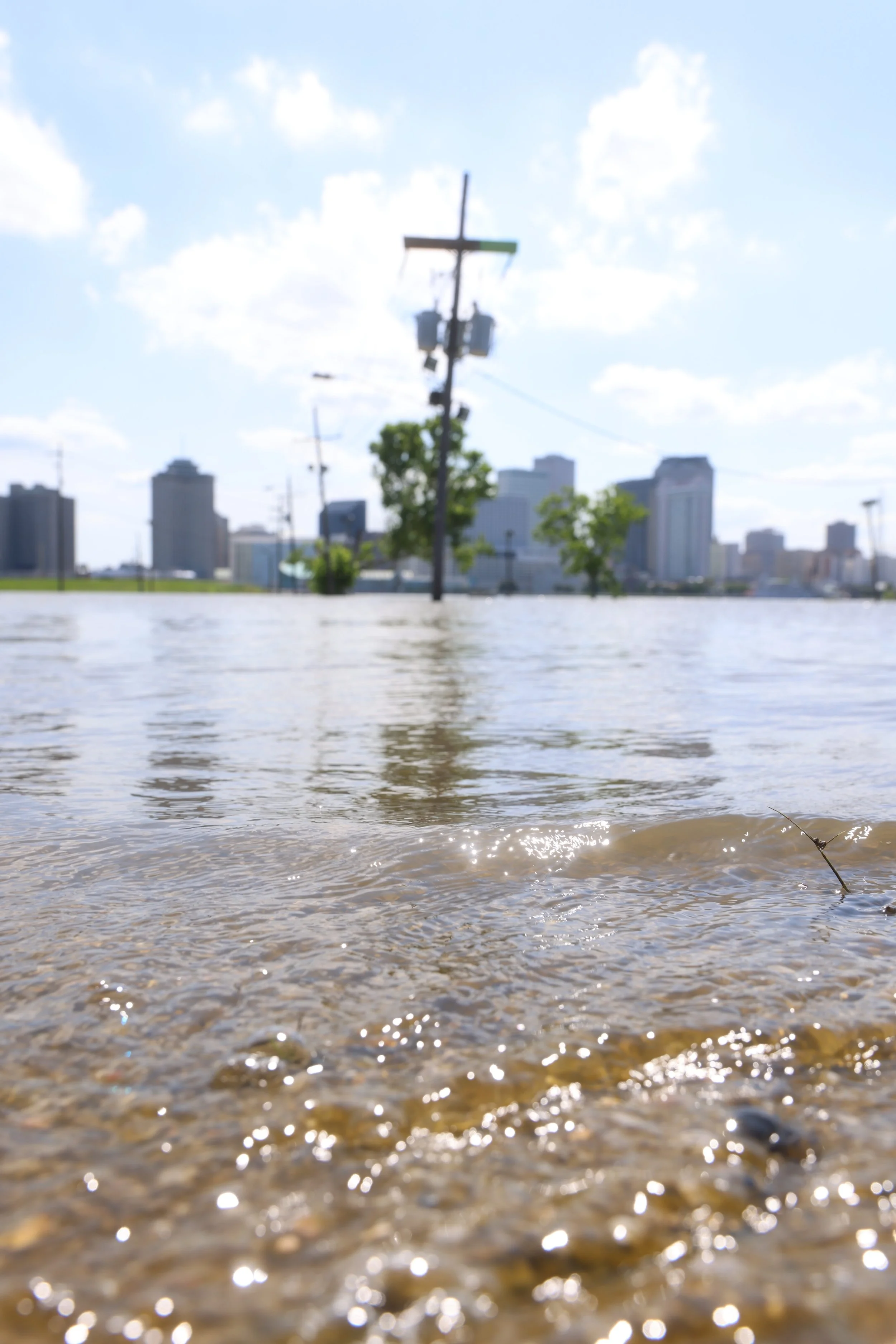
After The Rain Fell
A photo essay exploring the lives and culture of New Orleans, Louisiana 20 years after the devastation of Hurricane Katrina.
As a photographer drawn to stories of place and perseverance, I began my project, After The Rain Fell, to document how New Orleans has risen; nearly two decades after being battered by Katrina.
Since 2017, I have been regularly visiting New Orleans and have spent time with people like Joey, Kendra, Dave, and Peggy-Lou, whose lives are intertwined with the pulse of the city.
Through their perspectives and everyday moments - touching up a house, standing together in community, bracing for new rains, connecting with whoever crosses their path - I aimed to capture one truth: that New Orleans continues to rebuild, not with resignation, but with love, defiance, and hope.
This series is my tribute to a city that never yields, and to the individuals who embody its enduring spirit.

Artist’s Statement
After The Rain Fell is a documentary project that examines resilience, identity, and cultural continuity in New Orleans nearly two decades after Hurricane Katrina. The city first entered my imagination at the age of fifteen, when the disaster unfolded in real time across global media. Long before I visited, New Orleans already carried a mythic presence for me, embedded through the music - jazz, blues, rock ’n’ roll - that shaped my formative years. When I eventually arrived in 2017, I encountered not only the traces of loss but also a profound sense of optimism, collectivism, and cultural vitality.
This project seeks to understand the dynamics that underpin such resilience. I hypothesised that the city’s layered traumas, from the transatlantic slave trade to the catastrophe of Katrina, had forged a collective consciousness that privileges solidarity, ritual, and celebration in the present tense. My photographic enquiry pursues these questions through both portraiture and more interpretive visual strategies, aiming to render a multi-sensory impression of New Orleans as lived experience.
The portraits are inherently collaborative. Each image is preceded by conversation, often in everyday, unscripted encounters - on residential streets, in diners, on the streetcar, or at block parties. My practice privileges openness and exchange, resisting direction in favour of authenticity. Over repeated visits since 2017, I have embedded myself within neighbourhoods and communities, developing relationships that anchor the work in trust rather than observation alone.
Positioned between documentary photojournalism and fine art practice, the work draws upon traditions exemplified by Ed van der Elsken, Martin Bogren, Chris Killip, and Robert Doisneau; photographers for whom intimacy and social context are inseparable. By combining candid portraiture with interpretive, atmospheric images, I seek to create an immersive experience that moves beyond representation to evoke the sensorial and emotional registers of place.
After The Rain Fell is conceived as part of a larger, long-term enquiry into New Orleans. Future iterations will take the form of a photobook and exhibition, situating the work within both artistic and public contexts. My objective is not to prescribe an emotional response, but to construct a visual field in which the complexity of the city - its histories, its traumas, its celebrations - may be encountered and reflected upon.
Joey:
“I lived here in New Orleans prior to Katrina. I’ve moved around a bit and spent many years in the US Navy based over in San Diego.
Katrina was terrible, almost 20 years ago now, but the city always rebounds from disaster. We come together and we help each other however we can. My son took a job here to help out with the oil spill in The Gulf in 2010 and saw that as my opportunity to come back and I settled here on Algiers Point.
I’ve just been touching up some painting on my house. It’s a wonderful community and neighbourhood here - we gotta keep it lookin’ beautiful.
My son left town, but there’s no way I could leave this city.”
Though New Orleans itself wasn't directly coated in oil, the 2010 Deepwater Horizon disaster reverberated through the city’s region - in devastating the Gulf’s fisheries, choking off seafood-based livelihoods, and sending shockwaves through coastal communities already struggling in the aftermath of Katrina. As marshes eroded, fishing zones were shut, and local health woes mounted, the spill compounded a fragile recovery by undermining economic stability and communal well-being in neighbourhoods like Joey’s.
Kendra:
"Yeah I was born and raised here in New Orleans.
It's a wonderful city - there's community and people are respectful and celebrate diversity; like in the LGBTQ community. We're welcoming people, those who don't want to share love and peace, well I say to them "ain't nobody making you stay here!"
Hurricanes hit our community hard - we had Katrina, but we had so much to come back for."
Dave:
"The water is incredibly high right now.
We've got another week of rain storms coming in. This city's no stranger to flooding though. Hurricane Laura took the roof off my house. But that's nothing compared to when Katrina hit. We're still recovering from that."
Peggy-lou:
"You gotta keep your head up here.
New Orleans is a great place to be.
It isn't the city to come with your head down in your phone. You just don't know who you'll meet, what you'll see and experience."



